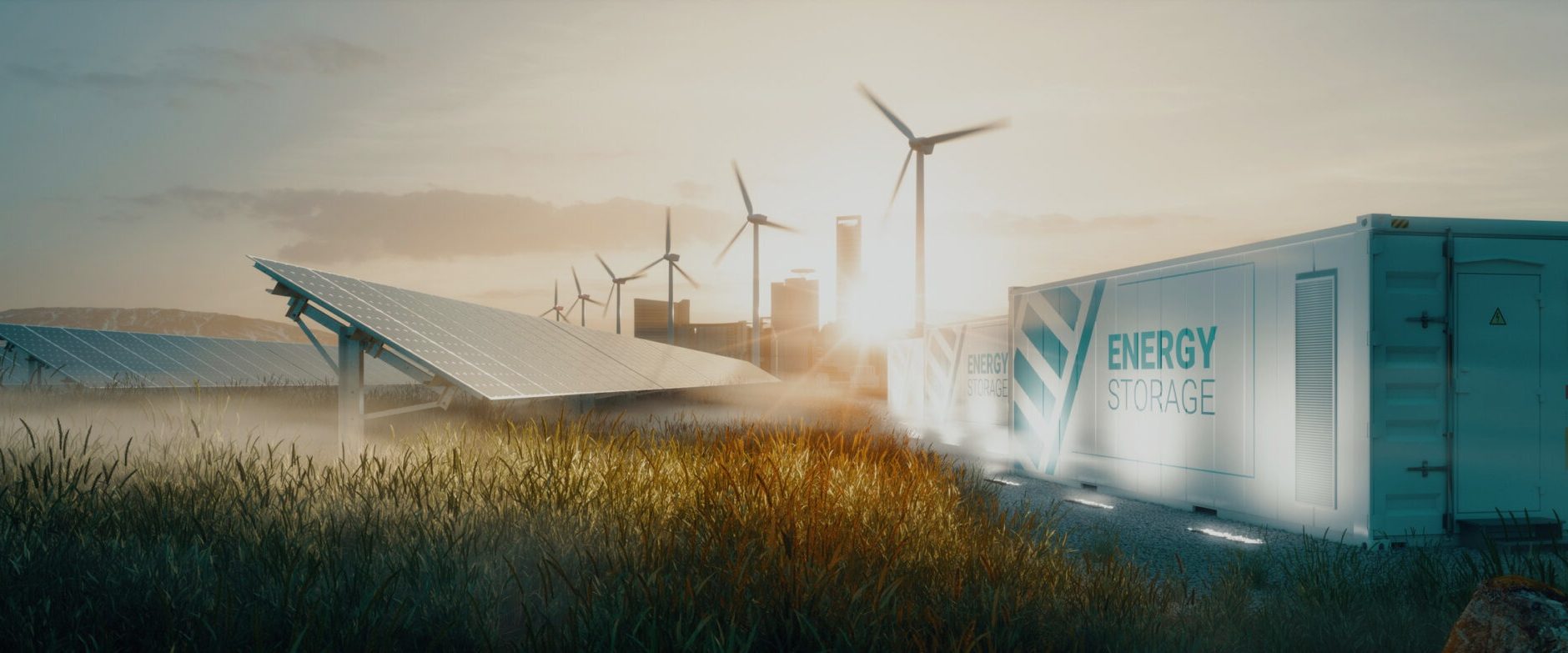How to manage the renewable energy surplus by 2030 was discussed on February 16th at the hybrid seminar organized by the Estonian Hydrogen Cluster at the premises of the Estonian Academy of Sciences in Tallinn.
Sven Parkel introduced BalticSeaH2 – the transnational hydrogen valley project initiated to develop green hydrogen economy in the Baltic Sea region. The project incorporates 44 organizations from 9 countries around the Baltic Sea region and the European Clean Hydrogen Partnership has decided to allocate EUR 25 million as an investment support for launching the project within 5 years. The project will next proceed to the preparation of a financing agreement with the Clean Hydrogen Partnership and the goal is to get the 5-year project started in the summer of 2023.
Szilvia Haide (Flexens OY) spoke about hydrogen and its derivatives’ role in the maritime sector based on their experience in Finland. Flexens is working on decarbonization of the maritime sector and ports are the future energy hubs where hydrogen is seen as a potential fuel for mid-distance ferries. Ports are also the meeting point between the maritime sector and industry. There will be a considerable surplus of renewable energy in the Baltic Sea region and there are suitable offtakers in maritime industry as well as skilled project developers and regulators from Flexens side – and all these factors enable competitive green alternative maritime fuels production in the Northern Baltic Sea region. There are quite a number of ferry routes in the Baltic Sea which are highly viable for hydrogen. For instance, Helsinki -Tallinn route is an excellent distance for using hydrogen.
Flexens is also engaged with the Finland’s largest hydrogen project to date – Kokkola facility with a hydrogen production capacity of approximately 300 megawatts to be established in the Kokkola Industrial Park area. Such a facility would certify a strengthened energy and ammonia self-sufficiency for Finland. Production of mainly green hydrogen and ammonia is meant to start running in 2028 and the facility in Kokkola would mark a concrete step forward for the Finnish hydrogen industry. In Nathali, there is another project launched aimed at setting up a facility of 100 megawatts to produce green ammonia. Both projects are planned along the lines of the European Hydrogen Backbone. Also, a pilot project has been launched by Green NortH2 Energy for piloting green ammonia use as a maritime fuel. The vessels delivery is targeted to 2024, operation for 2026.
Flexens’ upcoming work in the BalticSeaH2 project includes identifying the most potential H2 fuelled ferry routes, studying H2 supply pre-requisites and preparing a detailed technical planning, cost estimates and business modeling for the H2 fuelling infrastructure, storage and operations.
Sara Kärki (Gasgrid Finland OY) gave an insight into the hydrogen infrastructure development in Baltic Sea region. Gasgrid Finland is to accelerate the development of Finland’s national hydrogen infrastructure as well as the infrastructure enabling a regional hydrogen market to support development of a hydrogen economy in Finland. Gasgrid is also involved in the BalticSeaH2 hydrogen valley project aimed at creating an integrated hydrogen economy in the Southern Finland and Estonian region, which enables the reduction of carbon dioxide emissions from various industries and increases the region’s energy self-sufficiency. The area is connected to the wider market of the Baltic Sea region, which improves investment conditions.
Kathrin Schulz (GeTech Group plc/ H2 Green plc Germany) gave an overview about the development of green hydrogen hubs for mobility in Europe based on their experience in green hydrogen sector. H2 Green is developing their own network of green hydrogen and ammonia hubs and after having launched several projects in UK their ultimate goal is to establish a green hydrogen hub in every major population center in the UK by 2035 and extending into Europe.
The seminar ended with a panel discussion “Is it possible to accommodate Green Deal, energy security and affordable energy prices for consumers?” and the panelists included representatives of all major political parties of Estonia: Timo Suslov (Estonian Reform Party); Yevgeni Ossinovski (Social Democratic Party); Rene Kokk (Estonian Conservative People’s Party); Kaspar Kasepõld (Estonia 200), Urmas Reinsalu (Isamaa); Henrik Aavik (Parempoolsed); Andres Kollist (Keskerakond).
The recording of the seminar is available at: https://bit.ly/VESINIKUKLASTER
Seminar programme:
14.00 – 14.10 Opening remarks
Tarmo Soomere, President of the Estonian Academy of Sciences
14.10 – 14.20 Baltic Sea hydrogen valley BalticSeaH2
Sven Parkel, Estonian Hydrogen Cluster
14.20 – 14.40 Hydrogen and its derivatives’ role in the maritime sector
Szilvia Haide, Flexens OY (Finland)
14.40 – 15.00 Hydrogen infrastructure development in the Baltic Sea region
Sara Kärki, SVP, Hydrogen development, Gasgrid Finland Oy & COO, Gasgrid Vetyverkot Oy (Finland)
15.00 – 15.30 Development of Green Hydrogen Hubs for Mobility
Kathrin Schulz, Director Business Development Hydrogen, Getech Group plc/ H2 Green plc (Germany)
15.30 – 15.45 Stretching and coffee
15.45 – 17.00 Panel discussion: How can the Green Deal, security of energy supply and an affordable price for consumers fit into one picture? Representatives of the main political parties participating in the Riigikogu elections will participate in the panel: Timo Suslov (Estonian Reform Party); Yevgeni Ossinovski (Social Democratic Party); Rene Kokk (Estonian Conservative People’s Party); Kaspar Kasepõld (Estonia 200), Urmas Reinsalu (Isamaa); Henrik Aavik (Parempoolsed); Andres Kollist (Keskerakond). The panel is chaired by Tarmo Soomere, President of the Estonian Academy of Sciences
17.00 End of the seminar

